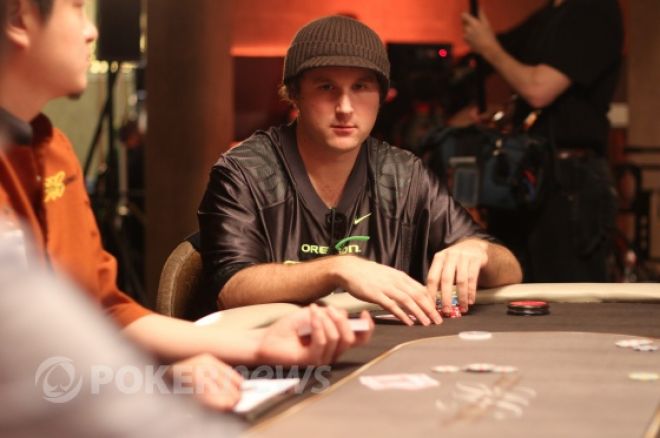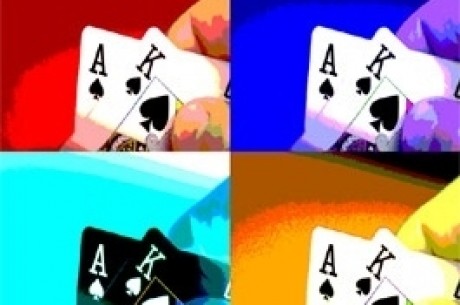Strategy with Kristy Podcast Part 2 with Andrew Seidman

Last week, the podcast, Strategy with Kristy premiered with part one of Kristy Arnett's interview with Andrew "balugawhale" Seidman, her poker coach. This week, the two discuss general guidelines for understanding nuts-versus-air ratios, and more postflop play topics.
Here is a snippet from this week's podcast:
One of the most important things I learned during the second half of our coaching was nuts-versus-air ratio. Can you explain what it is for those of our listeners who don't know?
Last time, we talked about what a polarized range was. It's basically when you have air or the nuts. But, one thing players don't do very well or don't pay attention to is how totally out of whack the number of times they bluff versus the number of times that they are value-betting is when they have one of those types of ranges. We can actually take advantage of that when we're playing against one of the good, decent regular players by saying, "OK, this person is representing a polarized range here, but they are bluffing way too often. They're nuts-to-air ratio is totally out of whack, so we don't need to fold to them." We can respond in a number of different ways. Usually, what people will say is, "He's either bluffing or he's got it," and then they try to make a choice off of those things. But, there's an implication when you say something like that, that there's an equality between the two. Even if you rationally know that it's not true, inside of your conscious, that's the message that's being sent across. So what I would rather say is, "How often does he have the nuts relative to his bluffs?"
Obviously there are those really sexy examples [of nuts-versus-air ratio spots] like when an opponent shoves the river and you call with bottom pair, but it is actually much more common than that. We see this happen when someone continuation bets the flop at us. Players who c-bet too often have their nuts-to-air ratio totally out of whack. The idea of betting is that they're representing a value hand, whether they have it or not. When someone raises preflop on the button where they are opening 70 percent of hands, you call, the flop comes down king-seven-three and they c-bet, they are representing a king or a couple of sets. So, in order to be balanced, all things like nine-eight, ace-jack, and whatever else that missed need to be equally part of his range when he c-bets as his value hands like kings and sets. What you find is that, for most players, that's definitely not the case.
In Coaching Kristy 2, we talked about how to perceive when someone is bluffing too much or not enough, how to take advantage of that, and also about how we play that same hand when we're on the button against a good player who is aware that we're bluffing that flop almost all the time. You can branch out into a lot of directions from there.
Tune in every Thursday for new episodes of Strategy with Kristy and feel free to send in questions, ideas or suggestions for the podcast to [email protected]. Also remember, follow us on Twitter for up-to-the-minute news.








